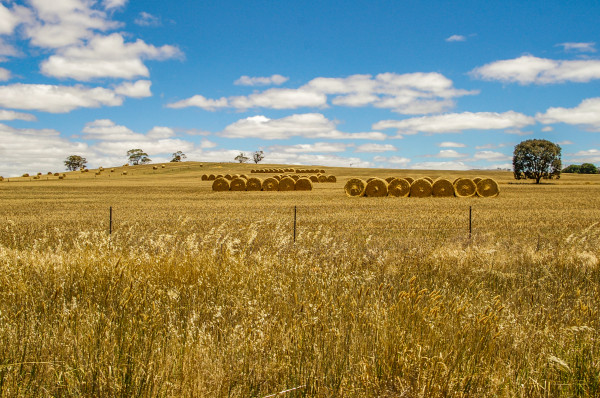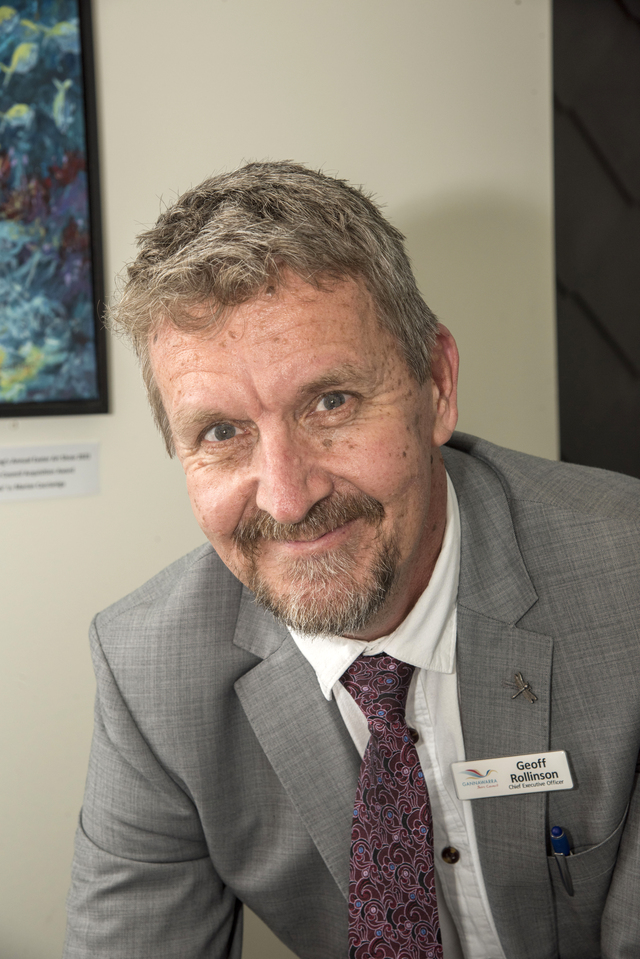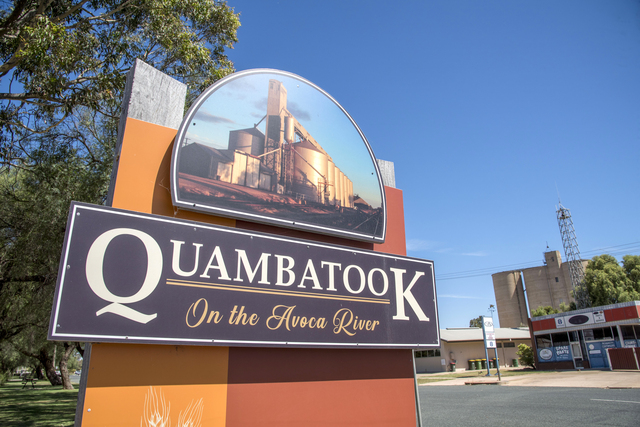AGRICULTURE Victoria livestock development officer Nick Linden believes that as a result of low feed availability, producers with autumn calving cows may be considering weaning calves earlier than normal.
Mr Linden says early weaning is an immediate way to reduce feed requirements on farm.
He said that by separating the cow and calf there is a potential reduction in daily feed intake of as much as 24 per cent.
“As an example, a six month pregnant cow with a 250kg calf at foot will consume in the order of 15kg of feed per day (150MJ of energy) – if we split the cow and calf into two individual units, the dry cow could maintain herself on about 6kg of dry matter (DM) per day (64MJ of energy), and the calf would be gaining 0.5kg per day, consuming 5kg DM (50 MJ of energy) per day,” Mr Linden explained.
“The exact amount of feed required/saved will depend on the quality of the feed on offer – but the principle remains the same,” he said.
“As soon as the calf is removed from the cow, she will partition energy back to her own requirements, enabling the higher quality feed to be prioritised to the calf.
“Weaned calves can then become the priority mob for feeding. If you have a limited supply of high-quality feed, it doesn’t have to be processed through the cow into milk for the calf to perform.
“It may be more efficient to offer it directly to the calves, without having to maintain the mature cow.”
Poorer quality pasture can then be offered to the dry cows – which can result in significant savings.
While cow condition is often a key determinant of whether to early wean, calf condition is also important to consider – calves with dry, coarse coats are most likely not receiving enough milk from their mothers and may be better off having direct access to higher quality feed.
Mr Linden said in most situations when early weaning you would aim to have calves at least 12 weeks of age or around 100kg live weight.
However, he says if cow condition and survival is a significant risk, calves can be weaned as light as 80kg, but if you need to it is recommended you seek specific advice from your veterinarian.
“If you will be supplementing calves after weaning, it’s good practice to expose the calves to the supplement prior to weaning, while still on their mums,” Mr Linden added.
“This not only helps educate the weaners to what they will be eating, but also gives the rumen bacteria time to adjust to a change in diet.
“It’s also worth remembering weaners have specific requirements. The younger or lighter they are, the greater their protein requirement will be – as an indication, weaners are likely to need feed that is 16 per cent crude protein.
“Aim for a calf growth rate of at least 0.6kg/day until they are heavier than 250kg. This will ensure that later growth rates are not compromised.”
Vaccination for clostridial diseases is also important for your weaners.
Weaning is a critical point to get right and set your animals up for future productivity.
For more information https://agriculture.vic.gov.au/livestock-and-animals/beef/health-and-welfare/early-weaning-of-beef-calves







